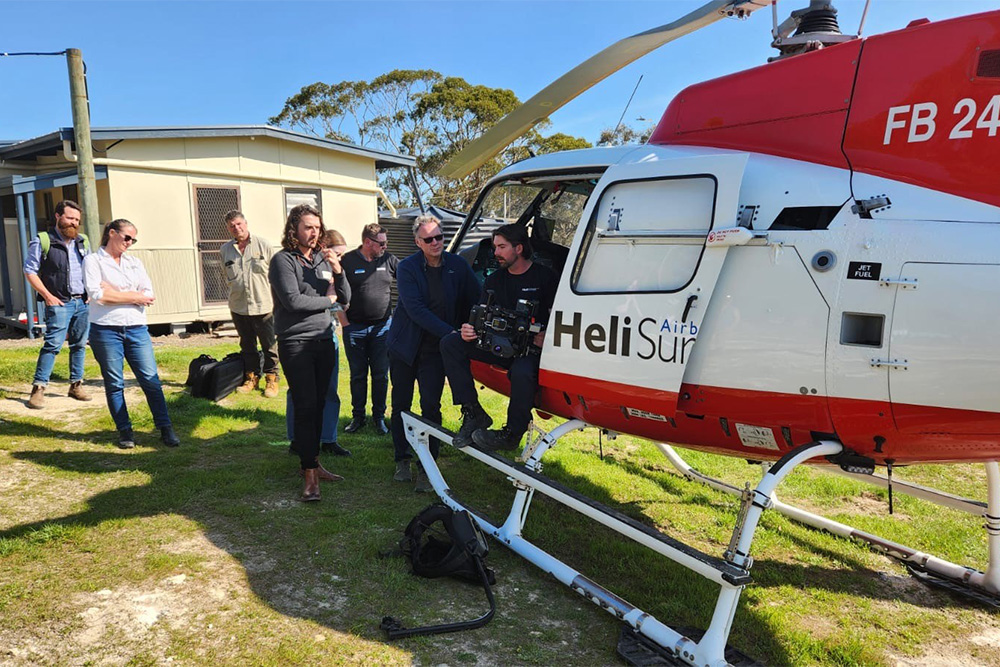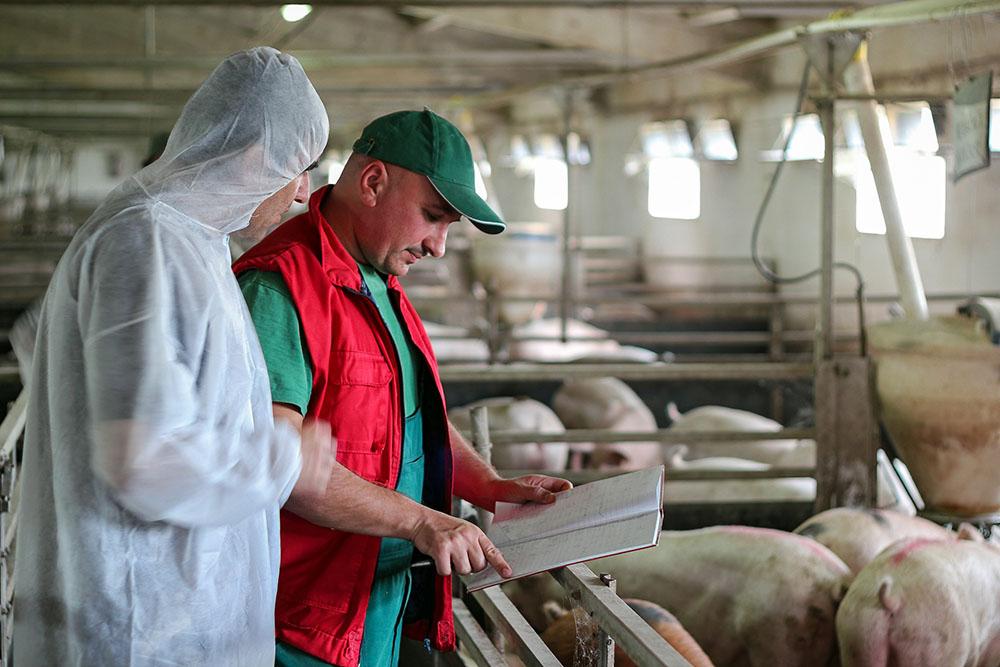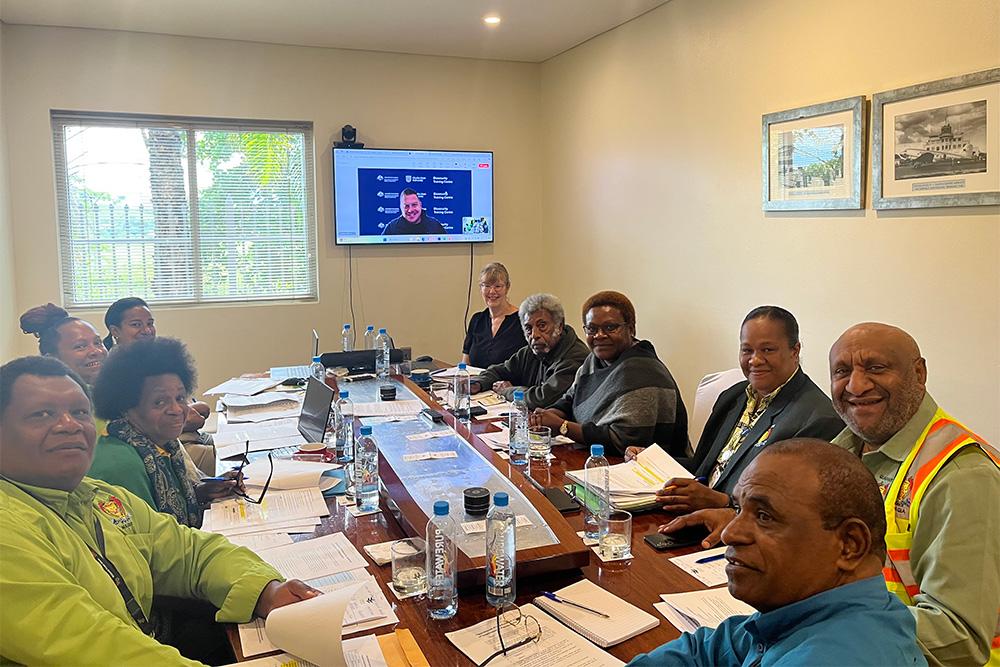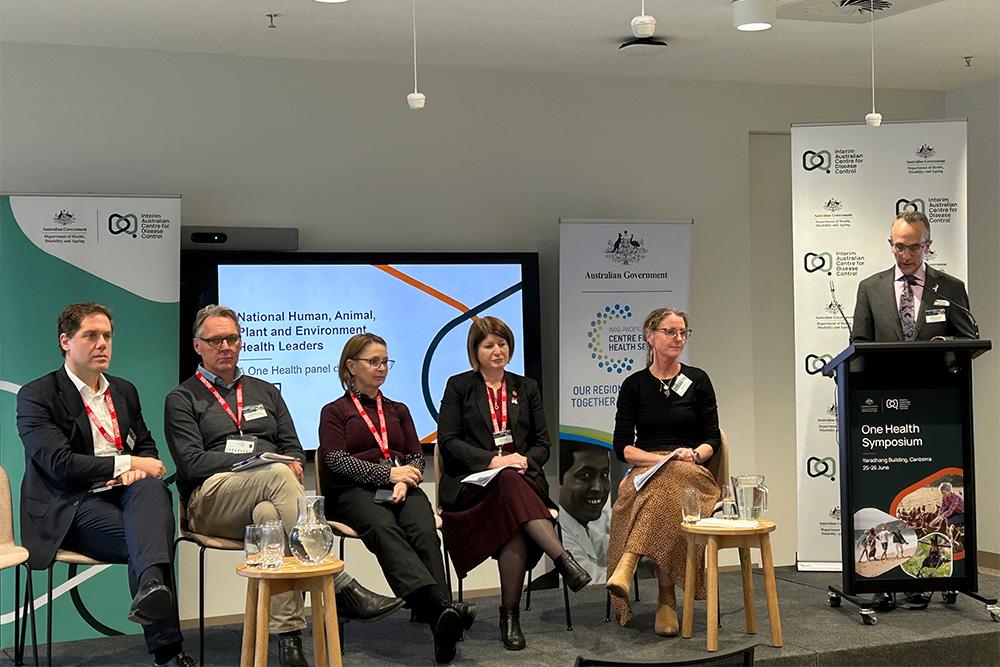Feral deer are an emerging pest animal problem in Australia, with rising numbers causing damage to the environment and Australian agriculture.
Current population numbers are not exact, but decades of farm escapes and deliberate relocations have helped deer populations expand exponentially. Recent population estimates range from one to two million, with numbers on the increase.
Feral deer are estimated to cost Australian communities and primary producers $91 million a year (McLeod, 2023). Impacts of feral deer include destruction of native plants and crops, erosion of soil, fouling of waterways, spreading disease, and vehicle collisions.
The Australian Government recognises the adverse impacts caused by feral deer on our agricultural production and environment and invests strategically in pest animal management, particularly through priorities driven by associated strategies and plans, such as the National Feral Deer Action Plan 2023–2028.
The National Feral Deer Action Plan is a collaborative plan developed between government and non-government organisations to manage feral deer. The Plan aims to stop the spread, suppress, or eradicate feral deer populations to reduce their impact on agricultural, environmental, cultural and social assets. The National Feral Deer Management Coordinator, Dr Annelise Wiebkin, from the Department of Primary Industries and Regions, South Australia, together with a working group, deliver the Plan.
The Australian Government funds the National Feral Deer Management Coordinator position and has co-invested $4.2m with the states and territories in on-ground projects to reduce the impacts of feral deer in Australia.
South Australia (SA) is leading the country in progressing the strategic plan to eradicate feral deer in South Australia by 2032. Implementation includes innovation to improve control tools and procedures that will be of benefit to other jurisdictions. Since May 2022, over 20,000 feral deer have been removed from SA.
In late 2024, Australia’s Chief Environmental Biosecurity Officer, Dr Bertie Hennecke, and a member of his team, travelled to Adelaide, SA. They met with representatives of the Department of Primary Industries and Regions (PIRSA) and attended the SA Feral Deer Eradication Program Landholder meeting and field visit.
This visit provided an opportunity to recognise the great leadership shown by SA through the deer program and demonstrated the need to take decisive action to reduce the adverse impacts of feral deer.
The Australian Government has recently approved an extension of the Supporting Communities Manage Pest Animals and Weeds Program to 2025–26, which will support the continuation of the national coordination programs for feral deer, feral pigs and foxes and feral cats, amongst other activities.




